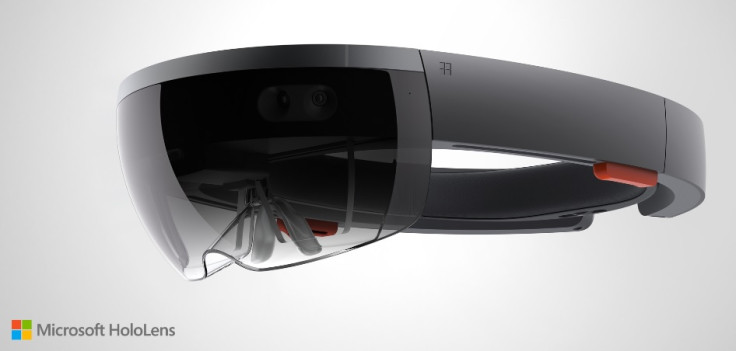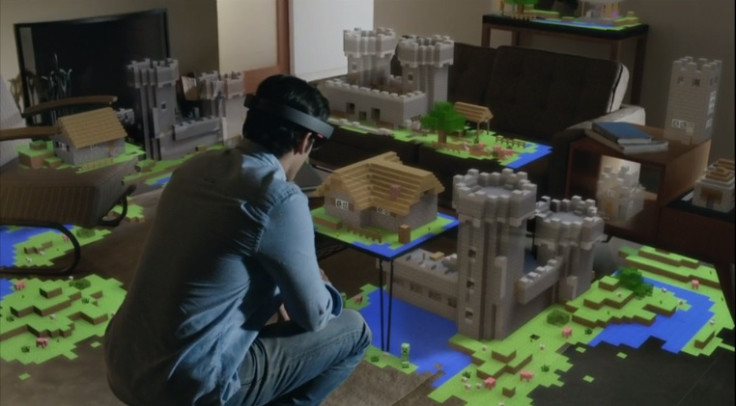Microsoft HoloLens revealed as holographic virtual reality headset for Windows 10

Microsoft blurs science fiction and reality with Windows Holographic, an augmented reality system which uses a headset to merge computer apps and the physical world around you into one.
Announced alongside Windows 10, Project Holographic is a live, working technology which looks like something straight out of the workshop of Tony Stark. Instead of interacting with a keyboard, mouse and screen, Microsoft sees a future where we'll compute with the physical world around us through the HoloLens.
Project Hologram uses a camera monitoring your arms, hands and fingers, plus voice commands and gestures, to layer user interfaces on top of physical in your field of vision. An on-stage demonstration showed how a drone could be created by interacting with a virtual tool box and colour palette. The finished design was then sent to a 3D printer and made into a real, functioning quadcopter.

The holograms produced can only be seen through the lenses of Microsoft's prototype headset, known as HoloLens and resembling a less bulky version of the Oculus Rift.
There is no keyboard, and instead the system is controlled entirely by voice and gestures. Microsoft says HoloLens can be used to collaborate with colleagues in different rooms or countries, as they can all see the same hologram at the same time, and even see a virtualisation of each other interacting with the hologram.
Wired, which had exclusive hands-on time with HoloLens late last year, explained it as such:
"It amplifies the special powers that Kinect introduced, using a small fraction of the energy. The depth camera has a field of vision that spans 120 by 120 degrees—far more than the original Kinect—so it can sense what your hands are doing even when they are nearly outstretched. Sensors flood the device with terabytes of data every second, all managed with an onboard CPU, GPU and first-of-its-kind HPU (holographic processing unit)."
Warm air generated by the headset is vented out through the sides, while buttons on the right side allow you to adjust volume and image contrast.

Holograms are produced by the headset, then beamed through two lenses, a layer of blue, green and red glass, before entering your eyes.
After exploring a virtual Mars landscape, Wired's Jessi Hempel said the system made "the unimaginable feel real," adding that Nasa was equally impressed. Project HoloLens will enter production this summer so that Nasa scientists can use it to collaborate on missions.
A moonshot equal to those of Google and Elon Musk, Microsoft says Windows Holographic will be available "within the Windows 10 time frame."
© Copyright IBTimes 2025. All rights reserved.






















